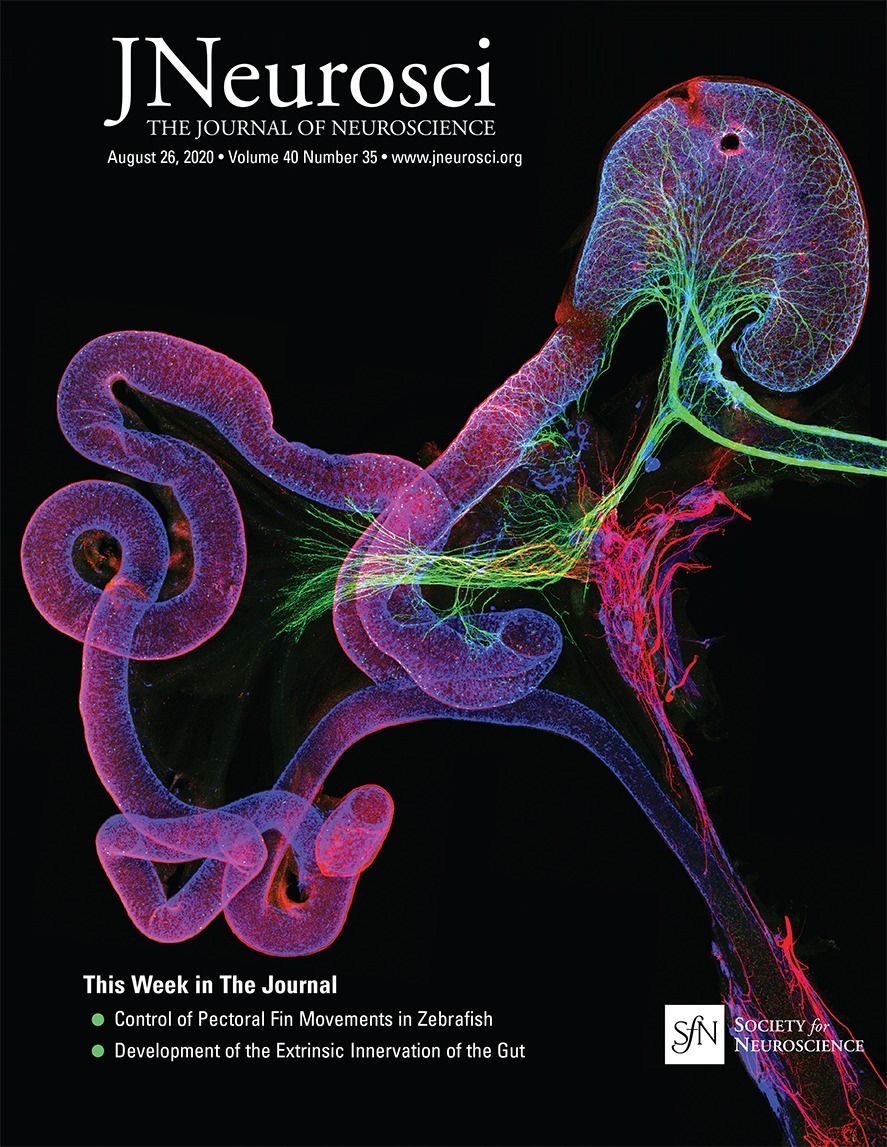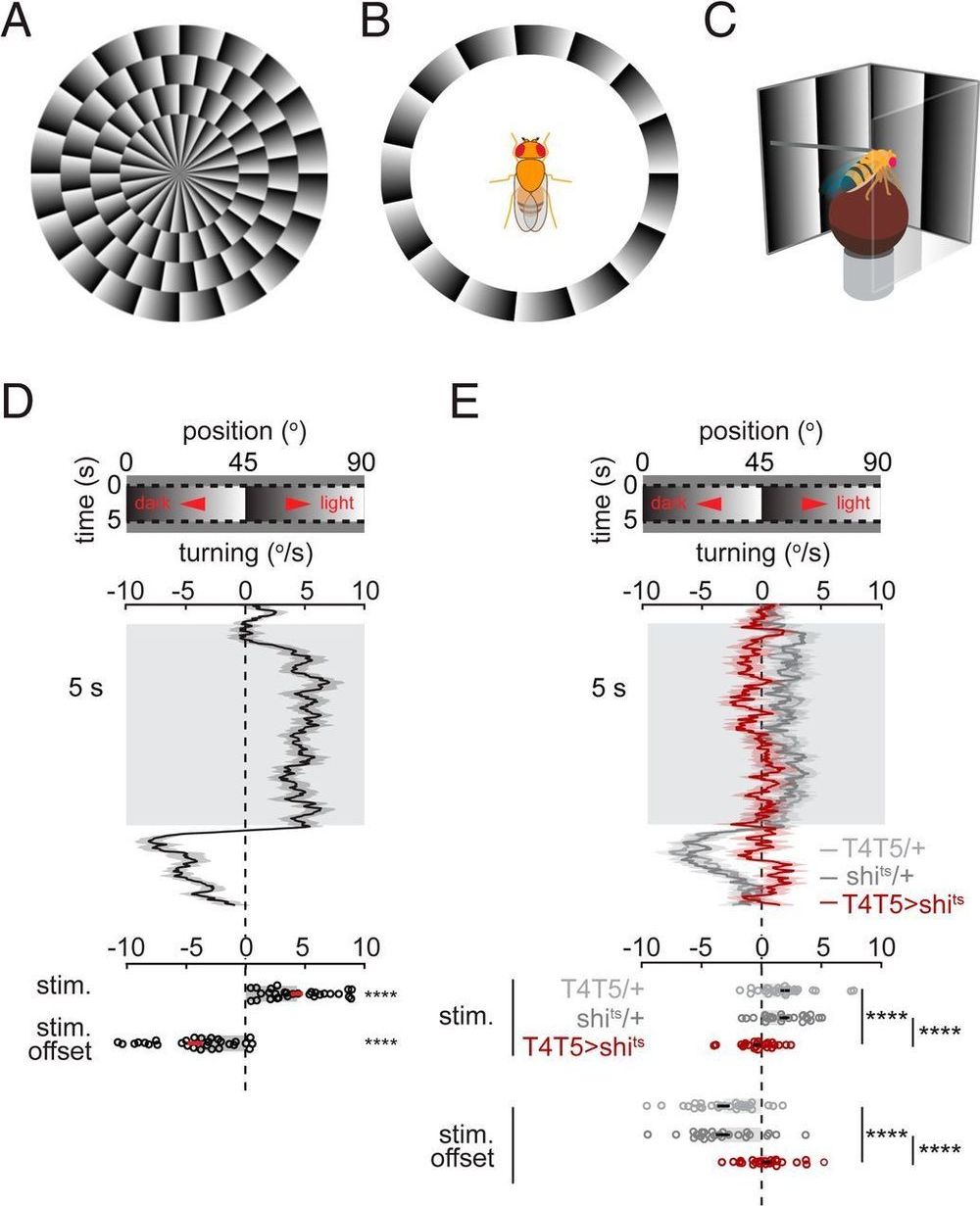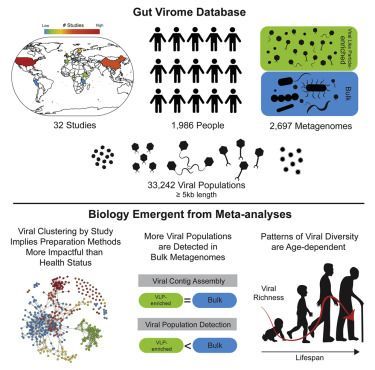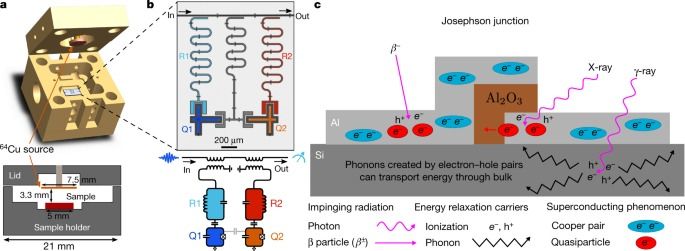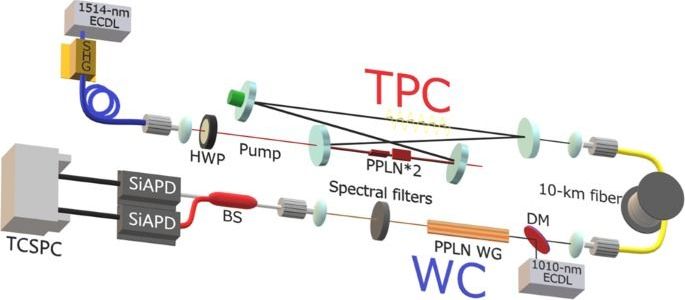The brain is an inherently dynamic system, and much work has focused on the ability to modify neural activity through both local perturbations and changes in the function of global network ensembles. Network controllability is a recent concept in network neuroscience that purports to predict the influence of individual cortical sites on global network states and state changes, thereby creating a unifying account of local influences on global brain dynamics. While this notion is accepted in engineering science, it is subject to ongoing debates in neuroscience as empirical evidence linking network controllability to brain activity and human behavior remains scarce. Here, we present an integrated set of multimodal brain–behavior relationships derived from fMRI, diffusion tensor imaging, and online repetitive transcranial magnetic stimulation (rTMS) applied during an individually calibrated working memory task performed by individuals of both sexes. The modes describing the structural network system dynamics showed direct relationships to brain activity associated with task difficulty, with difficult-to-reach modes contributing to functional brain states in the hard task condition. Modal controllability (a measure quantifying the contribution of difficult-to-reach modes) at the stimulated site predicted both fMRI activations associated with increasing task difficulty and rTMS benefits on task performance. Furthermore, fMRI explained 64% of the variance between modal controllability and the working memory benefit associated with 5 Hz online rTMS. These results therefore provide evidence toward the functional validity of network control theory, and outline a clear technique for integrating structural network topology and functional activity to predict the influence of stimulation on subsequent behavior.
SIGNIFICANCE STATEMENT The network controllability concept proposes that specific cortical nodes are able to steer the brain into certain physiological states. By applying external perturbation to these control nodes, it is theorized that brain stimulation is able to selectively target difficult-to-reach states, potentially aiding processing and improving performance on cognitive tasks. The current study used rTMS and fMRI during a working memory task to test this hypothesis. We demonstrate that network controllability correlates with fMRI modulation because of working memory load and with the behavioral improvements that result from a multivisit intervention using 5 Hz rTMS. This study demonstrates the validity of network controllability and offers a new targeting approach to improve efficacy.
